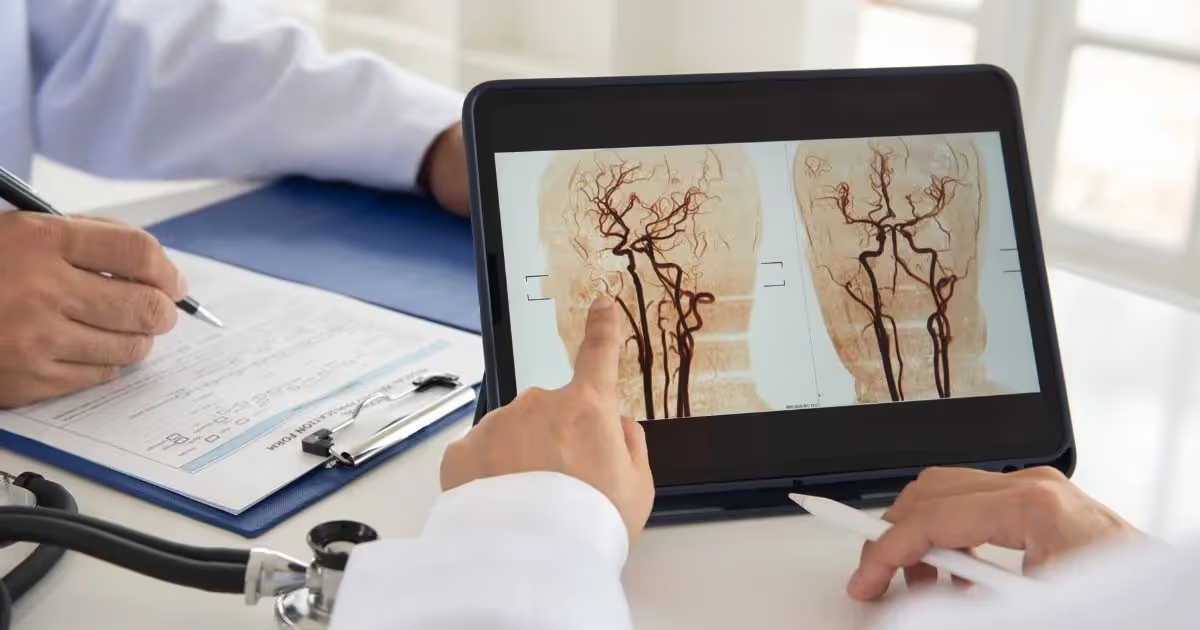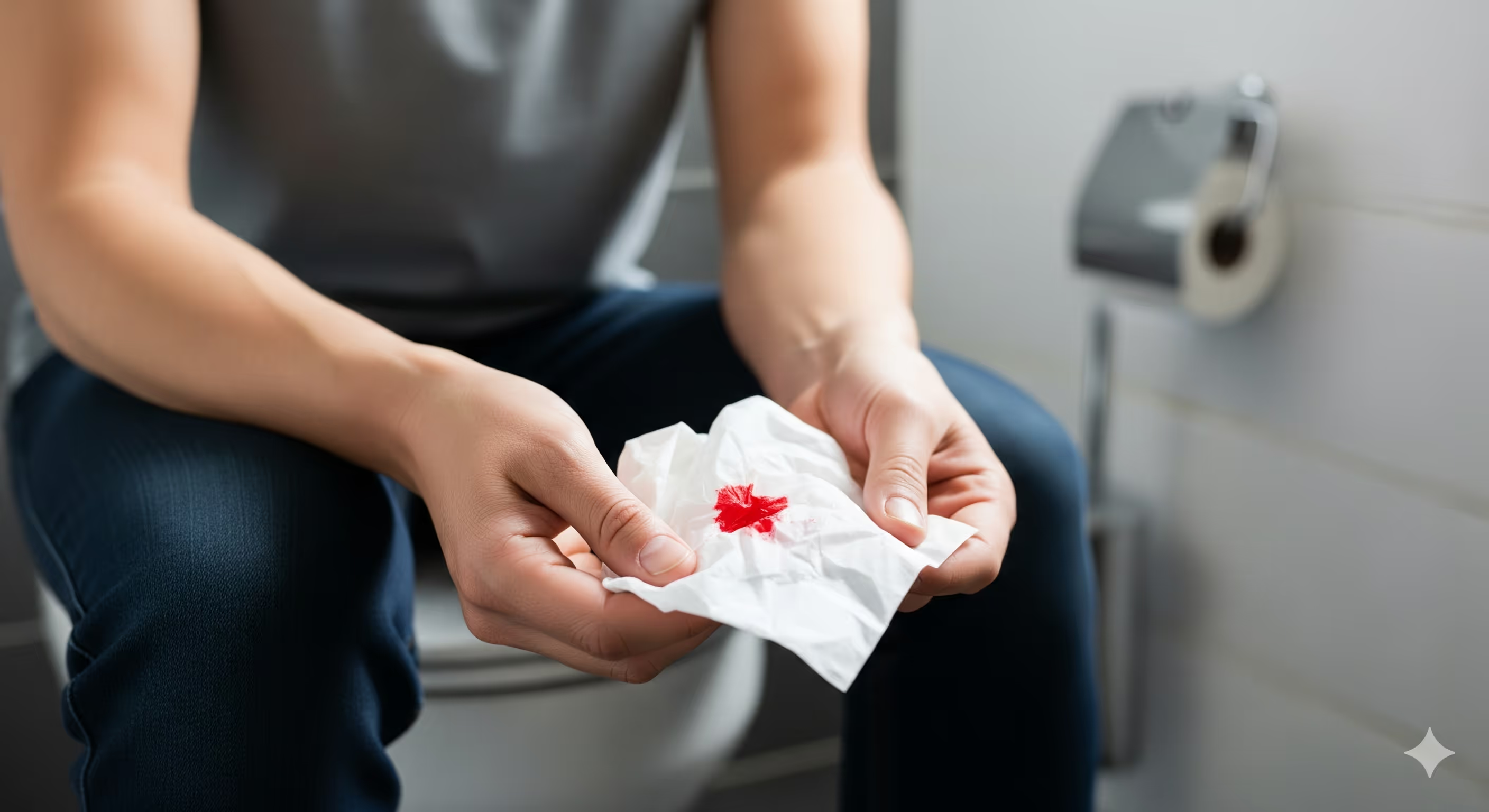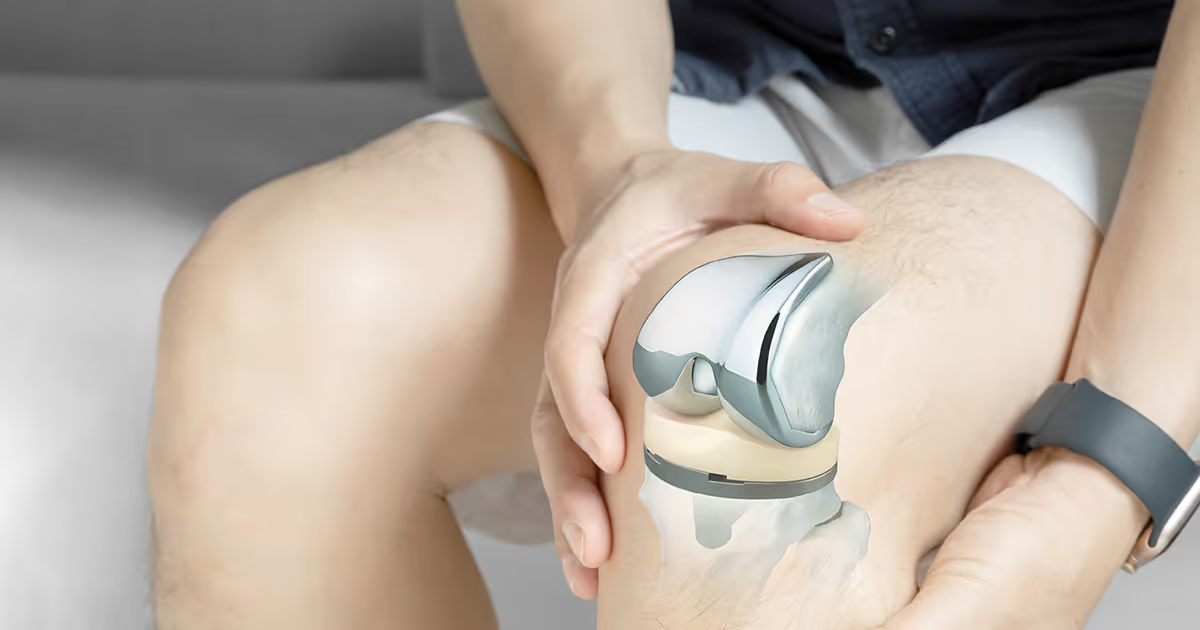โรคและการรักษา

ตรวจหลอดเลือดสมอง ฉีดสีหลอดเลือดสมอง ข้อบ่งชี้ ขั้นตอน ข้อดี
ตรวจหลอดเลือดสมอง (Cerebral angiogram) คือ การตรวจหาโรคหลอดเลือดสมอง โดยการฉีดสีหลอดเลือดสมองร่วมกับการทำเอกซเรย์หาตำแหน่งหลอดเลือดสมองตีบหรืออุดตัน สาเหตุที่ทำให้สมองขาดเลือดและเป็นอัมพาต

เลเซอร์ขน ขนน้องสาว ขนรักแร้ ขนขา ขั้นตอน ข้อดี ล่าสุด 2025
เลเซอร์ขน (Laser hair romoval) คือ วิธีการกำจัดขนร่างกายที่ไม่พึงปรารถนาแบบถาวร โดยใช้เลเซอร์ Nd YAG ชนิดความเข้มสูง ยิงไปยังรูขุมขนเพื่อให้เซลล์เม็ดสีดูดซับพลังงานแสง แล้วเปลี่ยนเป็นความร้อนที่ทำให้เซลล์รากขนถูกทำลาย

ถ่ายเป็นเลือด สาเหตุ อาการ และความเสี่ยง
ถ่ายเป็นเลือด อาจเกิดจากริดสีดวง แผลทวาร โรคลำไส้อักเสบ หรือโรคร้ายแรง ควรพบแพทย์เพื่อตรวจหาสาเหตุและรักษาอย่างเหมาะสม

รีวิว โปรแกรมตรวจ MRI กระดูกสันหลัง แม่นยำ ปลอดภัย ไม่เจ็บ
รีวิว ตรวจ MRI กระดูกสันหลัง วินิจฉัยอาการปวดหลังเรื้อรัง ตรวจครบทุกจุดสำคัญ ปลอดภัย ไร้ความเจ็บปวด โรงพยาบาลเมดพาร์ค จะพามนุษย์ออฟฟิศซินโดรม ชาว Back Pain ไปชม รีวิว ตรวจ MRI กระดูกสันหลัง แบบละเอียด

ตรวจสุขภาพก่อนตั้งครรภ์ ตรวจอะไร เมื่อไหร่ดี ผู้ชายตรวจไหม
ตรวจสุขภาพก่อนตั้งครรภ์ (Preconception checkup) คือ การตรวจสุขภาพของฝ่ายหญิงและฝ่ายชายเพื่อประเมินความพร้อมก่อนตั้งครรภ์ ช่วยวางแผนการตั้งครรภ์ และเตรียมความพร้อมสุขภาพครรภ์ของคุณแม่ เพื่อช่วยให้ตั้งครรภ์

งูสวัด (Herpes zoster) เกิดจากอะไร อาการเริ่มแรก กี่วันหาย
งูสวัด (Herpes zoster/Shingles) คือ โรคที่เกิดจากการติดเชื้อไวรัส VZV ที่ซ่อนอยู่ในปมประสาทในผู้ที่เคยเป็นโรคอีสุกอีใสมาก่อน โดยเมื่อหายจากโรคอีสุกอีใส ไวรัส VZV จะเข้าไปหลบซ่อนตัวอยู่ในปมประสาทรับความรู้สึก ตราบจนเมื่อภูมิคุ้มกันร่างกายต่ำ ไวรัส VZV ที่ก

ผ่าตัดเปลี่ยนข้อเข่าเทียม รักษาข้อเข่าเสื่อม ขั้นตอน ข้อดี พักฟื้นกี่วัน
ผ่าตัดเปลี่ยนข้อเข่าเทียม (Knee replacement) คือ การรักษาโรคข้อเข่าเสื่อมรุนแรงด้วยวิธีการผ่าตัดเปลี่ยนข้อเข่าเทียมทั้งข้อหรือบางส่วนเพื่อรักษาอาการปวดข้อ ข้อฝืดตึง หรือเข่าโก่งผิดรูป ที่เกิดจากการเสื่อมของกระดูกอ่อนผิวข้อ

ตรวจ NIPT คัดกรองเพศลูก ดาวน์ซินโดรม โครโมโซมผิดปกติ
ตรวจ NIPT (Non-invasive prenatal testing) คือ การตรวจคัดกรองหาความผิดปกติของโครโมโซมทารกในครรภ์จากเลือดของมารดา เพื่อหาความเสี่ยงกลุ่มอาการดาวน์ โรคความผิดปกติของจำนวนโครโมโซม และคัดกรองเพศทารก

ฝนฟ้าอากาศ โรคหน้าฝน อันตราย ต้องระวัง สังเกตอาการ
ฝนฟ้าอากาศ ในฤดูฝน เกิดจากการเปลี่ยนแปลงของลมประจำฤดู หรือลมมรสุม (Monsoonal wind) โดยเฉพาะอย่างยิ่งประเทศแถบเอเชียตะวันออกเฉียงใต้ ที่ได้รับอิทธิพลจากลมมรสุมตะวันตกเฉียงใต้ ที่พัดพาเอาไอน้ำจากทะเลเข้าสู่แผ่นดิน